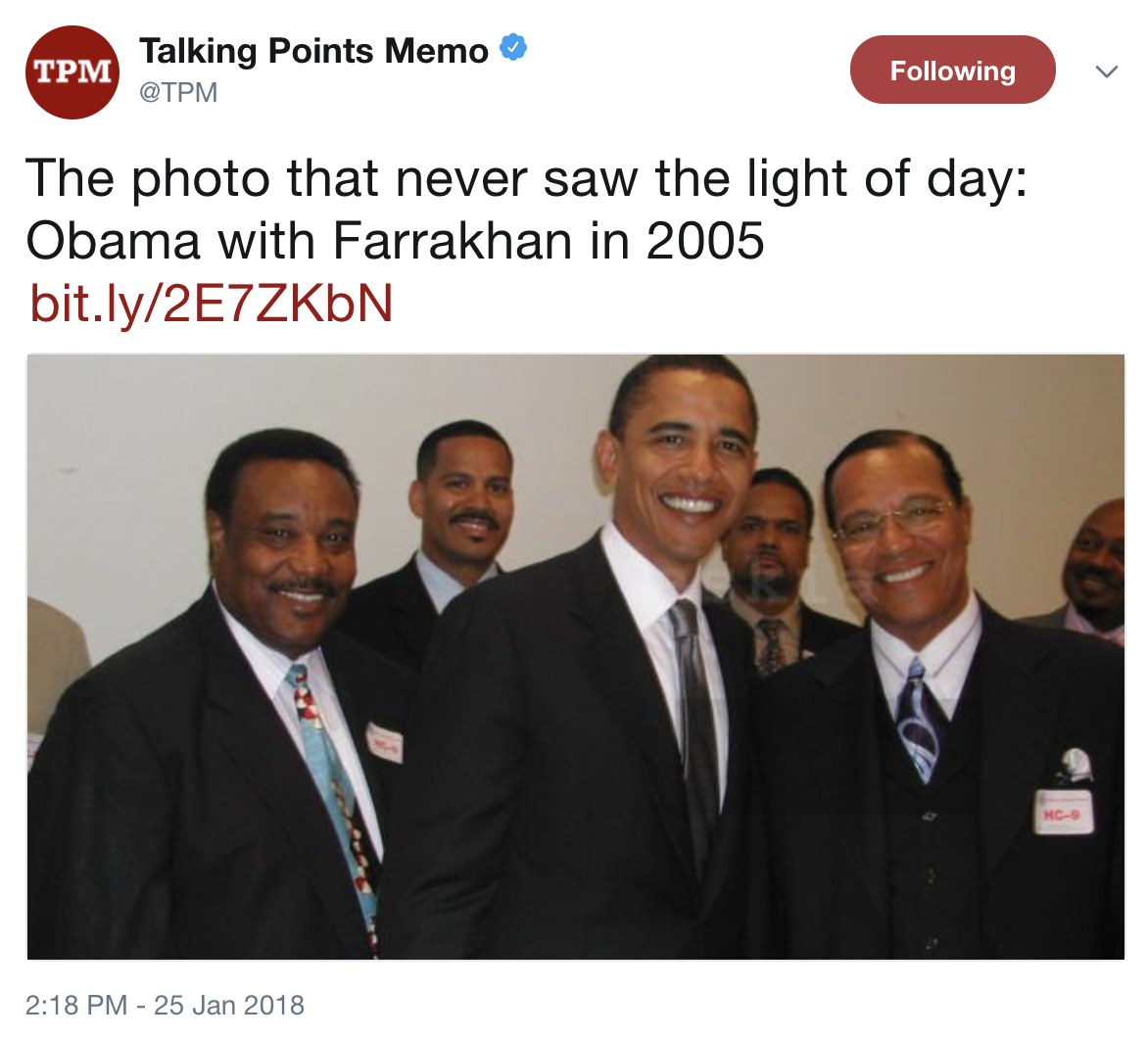When did "the party that supported slavery and kept women from voting" happen?
When did "the party that ended slavery and gave women the right to vote" happen?
"When did "the party that supported slavery and kept women from voting" happen?
When did "the party that ended slavery and gave women the right to vote" happen?"
See....this is why you should have taken my offer to provide an education for you....clearly, you're a dunce.
Take notes:
1.
It was a Republican who introduced what became the 19th Amendment, women’s suffrage. On May 21, 1919, U.S. Representative James R. Mann (1856-1922), a Republican from Illinois and chairman of the Suffrage Committee, proposed the House resolution to approve the Susan Anthony Amendment granting women the right to vote. The measure passed the House 304-89—a full 42 votes above the required two-thirds majority.
19th Amendment - Women’s History - HISTORY.com
2. The 1919 vote in the House of Representatives was
possible because Republicans had retaken control of the House. Attempts to get it passed through Democrat-controlled Congresses had failed.
3. The Senate vote was approved only after a Democrat filibuster; and 82% of the Republican Senators voted for it….and 54% of the Democrats.
4. 26 of the 36 states that ratified the 19th Amendment had
Republican legislatures.
5. Two weeks later, on June 4, 1919, the Senate passed the 19th Amendment by two votes over its two-thirds required majority, 56-25. The amendment was then sent to the states for ratification. Within six days of the ratification cycle, Illinois, Michigan and Wisconsin each ratified the amendment. Kansas, New York and Ohio followed on June 16, 1919. By March of the following year, a total of 35 states had approved the amendment, one state shy of the two-thirds required for ratification. Southern states were adamantly opposed to the amendment, however, and seven of them—Alabama, Georgia, Louisiana, Maryland, Mississippi, South Carolina and Virginia—had already rejected it before Tennessee's vote on August 18, 1920. It was up to Tennessee to tip the scale for woman suffrage. Op. Cit.
6. The outlook appeared bleak, given the outcomes in other Southern states and given the position of Tennessee's state legislators in their 48-48 tie. The state's decision came down to 23-year-old Representative Harry T. Burn (1895-1977), a
Republican from McMinn County, to cast the deciding vote. Although Burn opposed the amendment, his mother convinced him to approve it. (Mrs. Burn reportedly wrote to her son: "Don't forget to be a good boy and help Mrs. Catt put the 'rat' in ratification.") With Burn's vote, the 19th Amendment was ratified. Certification by U.S. Secretary of State Bainbridge Colby (1869-1950) followed on August 26, 1920. Op. Cit.
7. The National Women's Party led by
Alice Paul became the first "cause" to picket outside the White House. Paul and
Lucy Burns led a series of protests against the
Wilson Administration in Washington. Wilson ignored the protests for six months, but on June 20, 1917, as a Russian delegation drove up to the White House, suffragettes unfurled a banner which stated; "We women of America tell you that America is not a democracy. Twenty million women are denied the right to vote. President Wilson is the chief opponent of their national enfranchisement".
[24] Another banner on August 14, 1917, referred to "Kaiser Wilson" and compared the plight of the German people with that of American women. With this manner of protest, the women were subject to arrests and many were jailed.
[25] On October 17, Alice Paul was sentenced to seven months and on October 30 began a hunger strike, but after a few days prison authorities began to force feed her.
[24] After years of opposition, Wilson changed his position in 1918 to advocate women's suffrage as a war measure.
[26] Women's suffrage in the United States - Wikipedia
24. ^
a b James Ciment, Thaddeus Russell (2007). "The home front encyclopedia: United States, Britain, and Canada in World Wars I and II, Volume 1". p.163. ABC-CLIO, 2007
25. ^ Stevens et al., Jailed for Freedom: American Women Win the Vote, NewSage Press (March 21, 1995).
26. ^ Lemons, J. Stanley (1973). "The woman citizen: social feminism in the 1920s" p.13. University of Virginia Press, 1973
a. During the
1912 presidential campaign against Theodore Roosevelt, Wilson and his opponent agreed on many reform measures such as child-labor laws and pro-union legislation. They differed, however, on the subject of
women's suffrage, as Roosevelt was in favor of giving women the vote. President Woodrow Wilson picketed by women suffragists - Aug 28, 1917 - HISTORY.com
Republicans led the fight for women’s rights, and most suffragists were Republicans. In fact, Susan B. Anthony bragged about how, after voting (illegally) in 1872, she had voted a straight Republican ticket. The suffragists included two African-American women who were also co-founders of the NAACP: Ida Wells and Mary Terrell, great Republicans, both of them.
Republican Senator Aaron Sargent wrote the women’s suffrage amendment in 1878,though it would not be passed by Congress until
Republicans again won control of both houses 40 years later. It was in 1916 that the first woman was elected to the U.S. House of Representatives,
Republican Jeannette Rankin. The first woman mayor was elected in 1926, the Honorable Bertha Landes of Seattle, another great
Republican.
History of the Republican Party

